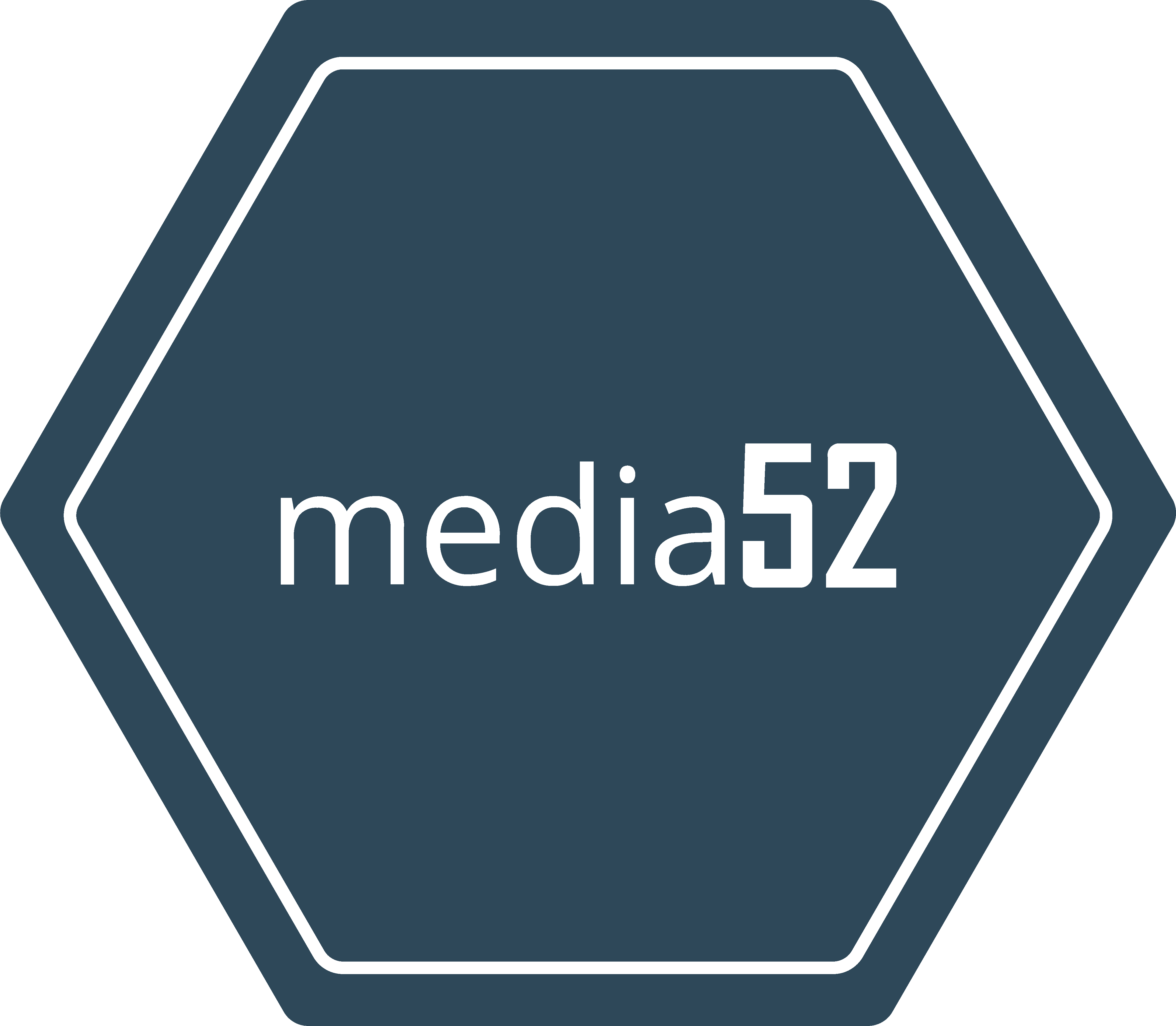TU Delft Breaks New Ground in AI Model for Creative Collaboration

Delft, Monday, 16 June 2025.
Researchers at TU Delft have introduced a new generative model enhancing creative collaboration with AI, marking a milestone in technology and design fields.
A Revolutionary Approach in Human-AI Collaboration
The groundbreaking introduction of the Object Combination Generative Adversarial Network (OC-GAN) by researchers at TU Delft represents a significant advancement in the field of artificial intelligence. This innovative tool facilitates enhanced co-ideation between humans and machines, bridging the gap between creative design and technological execution. By integrating an image encoder module with a cross-domain object combination generator, the model captures and processes image structures, converting them into latent spaces that can be manipulated according to user preferences to generate novel design images [1].
Technical Aspects and Implementation
The OC-GAN model incorporates cutting-edge AI methodologies to streamline the ideation process, crucial for the engineering design workflow. The image encoder module efficiently captures and encodes image structure information, which is then utilized by the cross-domain object combination generator to synthesize new designs. This design strategy not only facilitates the combination of multi-domain object images but also supports rapid, innovative concept generation, thereby magnifying the creative capabilities of designers [1].
Impact and Applications Across Industries
With its potential applications spanning various sectors, from technology to industrial design, the OC-GAN model positions TU Delft as a leader in AI-enhanced creative processes. By improving the workflow and injecting creativity into the design process, this advancement enables professionals to transcend traditional design barriers, fostering a symbiotic relationship between human creativity and machine intelligence [1][2].
Empirical Validation and Future Prospects
A design case study validates the OC-GAN’s efficacy in supporting innovative idea generation, demonstrating strong cross-domain concept combination capabilities. Researchers anticipate that integrating such AI models into design practices will significantly reduce the time and resources required for ideation while enhancing outcome novelty and diversity [1][2]. The alignment of human and AI collaboration under this model promises to unlock new creative potentials, positioning TU Delft at the forefront of AI research in the Netherlands [1][2].

